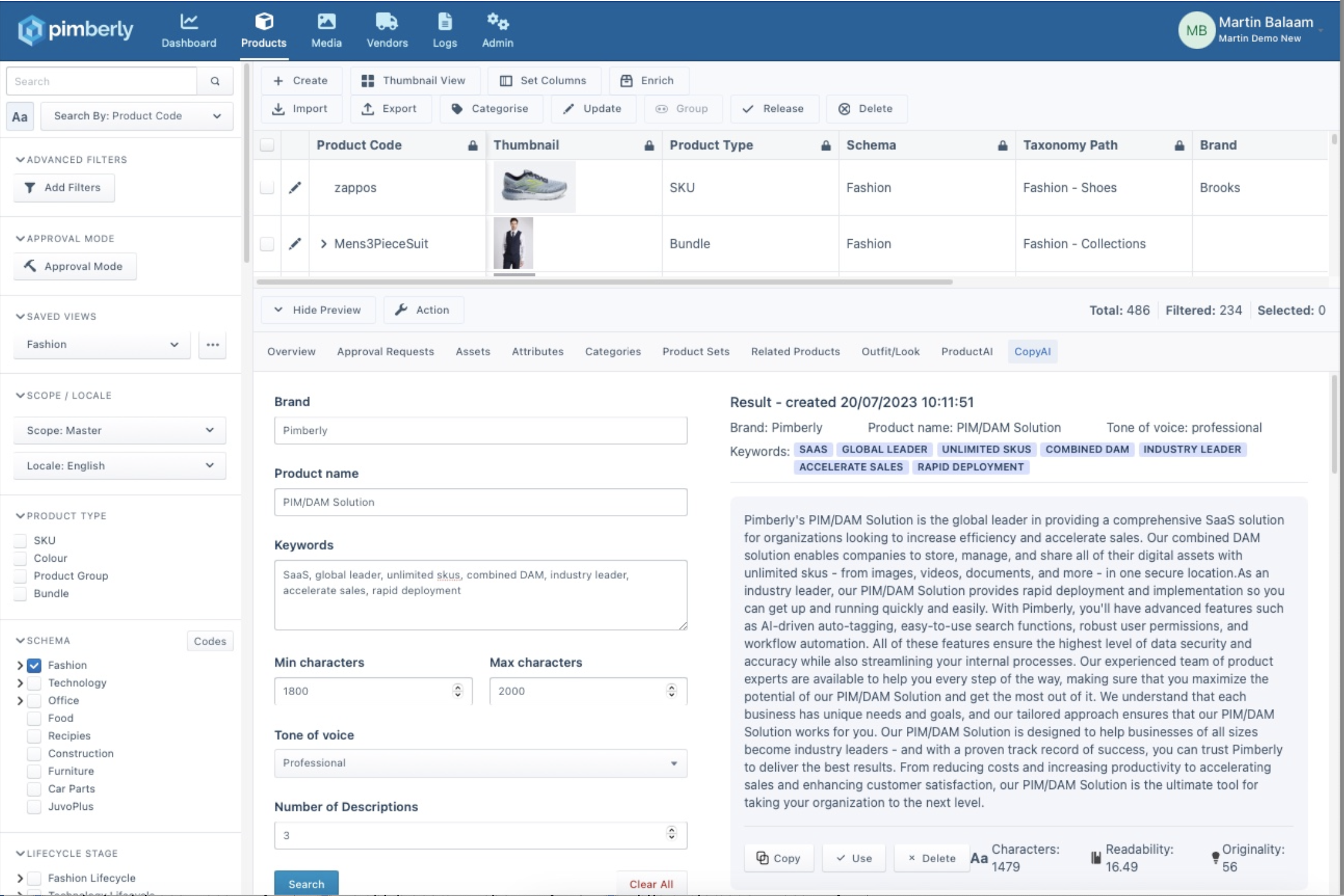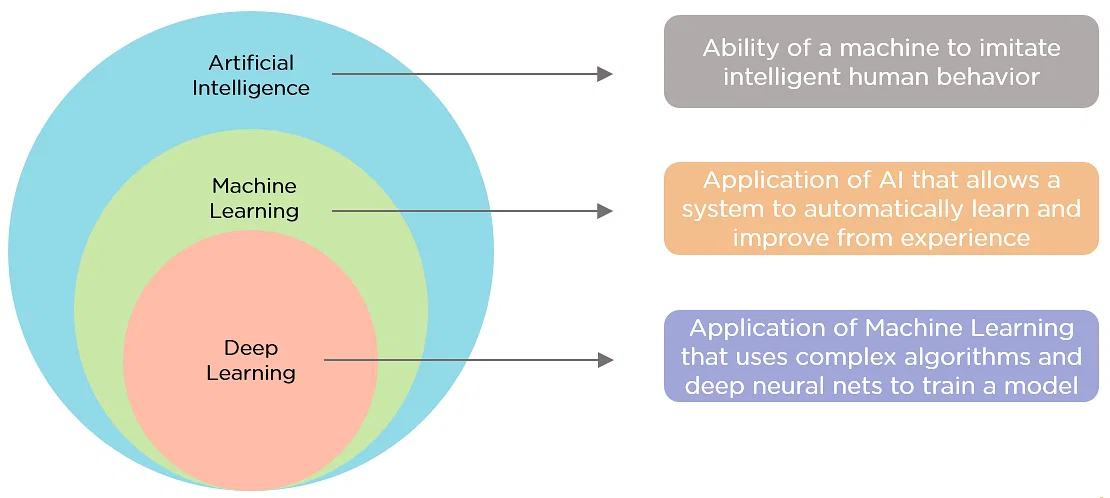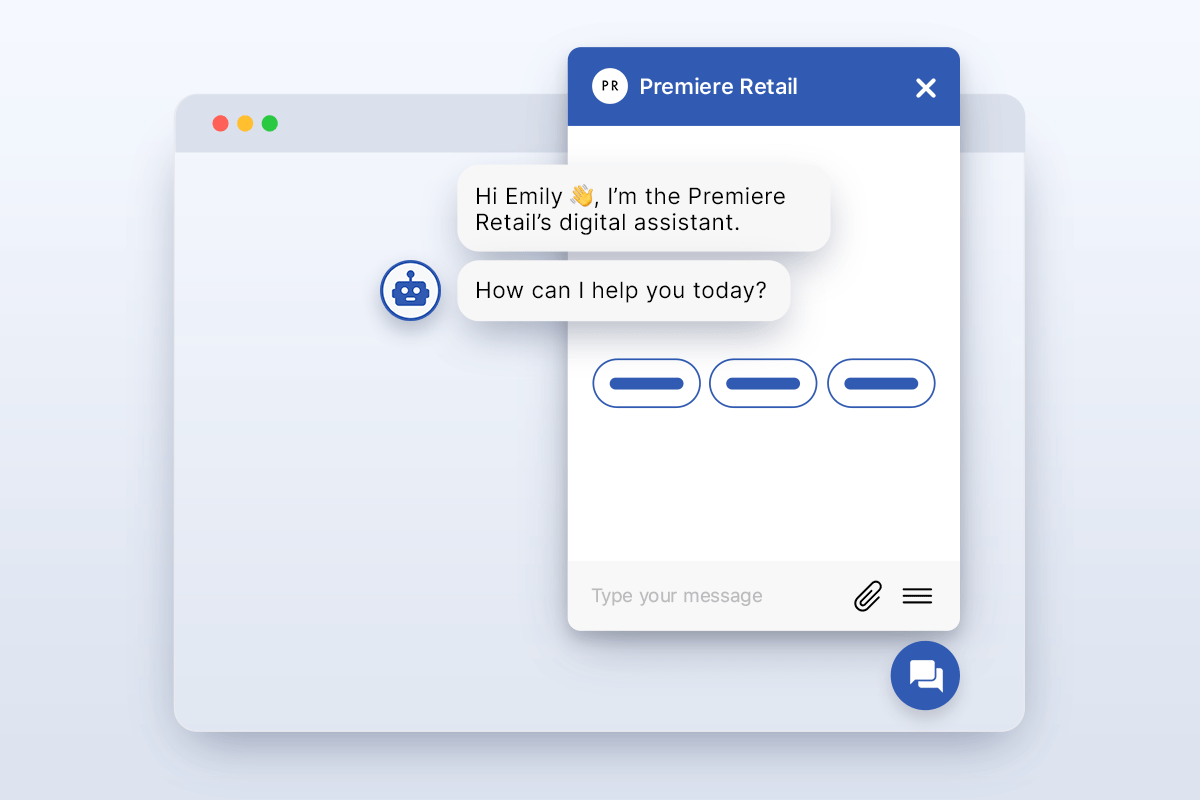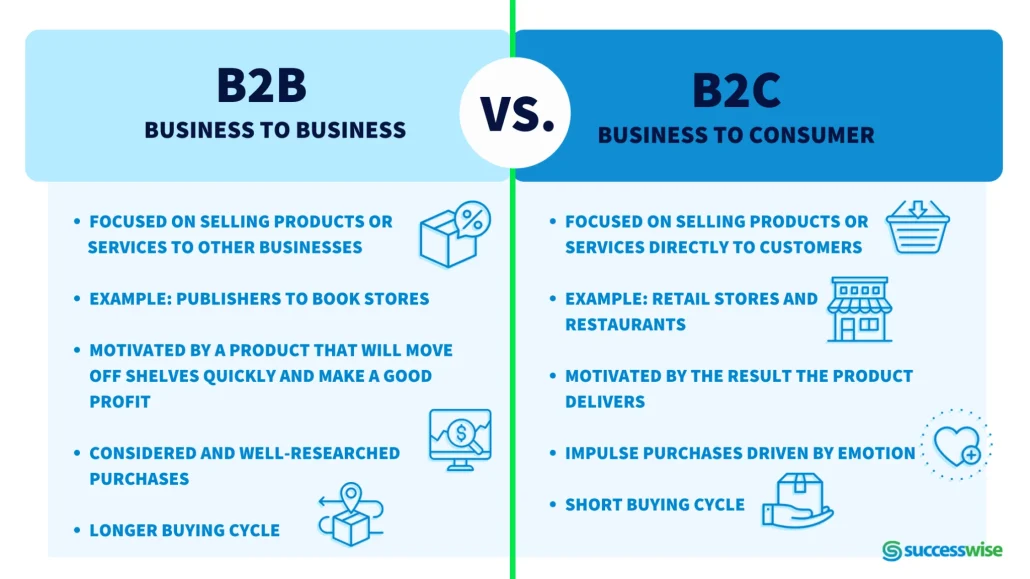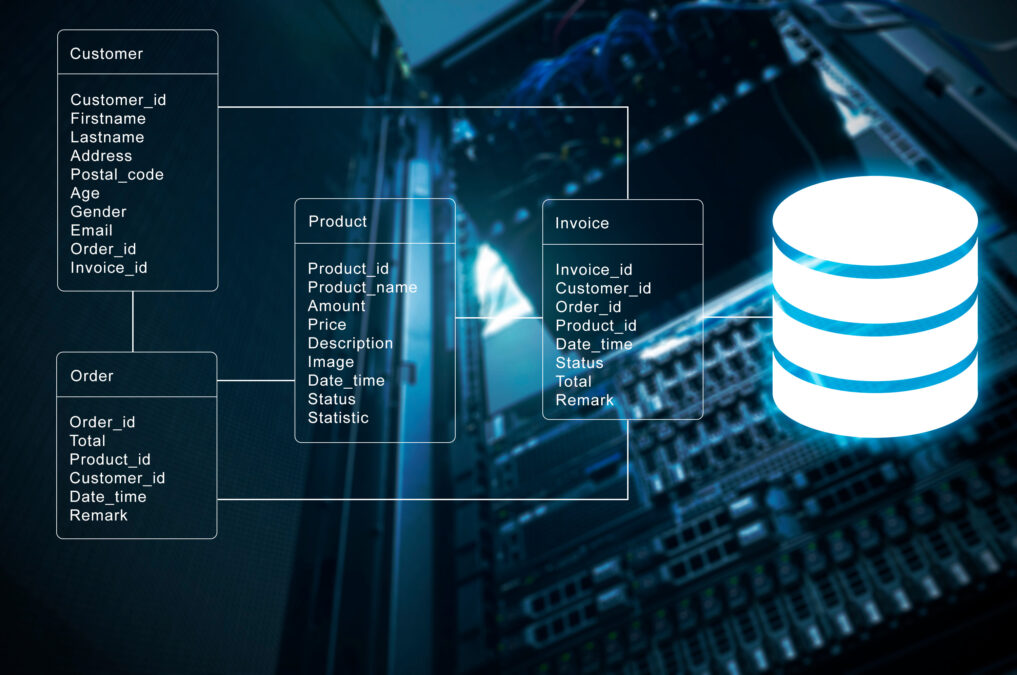9) Appendix
The thing with AI is that it has so many applications it can be hard to know where to access it and how to leverage it. Our own PIM/DAM is just one example of how eCommerce C-suites can leverage AI to gain efficiencies and increase revenue. The keyword here is efficiency, as there is an AI tool in existence right now that is sure to help you improve workflows and increase productivity across all your operations and departmental functions. Here we provide a comprehensive appendix outlining the most impressive AI solutions, from HR and hiring to administrative assistance and marketing to signing contracts and service agreements.
Algorithmia
Is there a better name for an AI company than Algorithmia? Now a DataRobot company after an acquisition, Algorithmia’s goal is to help data scientists find and use algorithms. It was initially an exchange for algorithms on a one-off, single-user basis. As it has grown, it has set its sights on the enterprise market.
The Trade Desk
A company designed to help digital advertisers run targeted digital advertising campaigns, The Trade Desk uses AI to optimize its customers’ advertising campaigns for their appropriate audiences. Their AI, known as Koa, was built to analyze data across the internet to figure out what certain audiences are looking for and where ads should be placed to optimize reach and cost. The Trade Desk also allows you to launch your digital ads independently but uses its AI to offer performance suggestions while your campaign is live.
Swim.Ai
Swim.ai’s goal is to enable businesses to mine continuously streaming data into actionable insights. Leveraging machine learning, the company’s “open core platform” augments the decision-making process by providing streaming data and contextualizing data sources. The SwimOS is open source.
Phrasee
Phrasee specializes in natural language generation for marketing copy. Its natural language generation system can generate millions of human-sounding variants of marketing at the touch of a button, allowing customers to tailor their copy to targeted customers. Retail, marketing, and AI are a combination of a rapid growth curve in the AI sector. For example, during the COVID-19 pandemic, several retailers, such as Walgreens, used Phrasee to boost customer engagement related to vaccination.
Pymetrics
Based in New York City, Pymetrics leverages AI to help companies hire optimal candidates by examining more than what’s traditionally included in a resume scan. Customers have their best employees fill out the Pymetrics assessment, which then creates a model for what future ideal candidates should bring to the table. In essence, the AI-based system is attempting to find more potential new hires that will fit in well with the existing top staff, using AI and behavioral science.
People.Ai
People.AI’s goal is to streamline the life of salespeople, assisting them in putting the reams of small details into relevant CRM systems, chiefly Salesforce. Think of all those pesky info bits from texting, your calendar, and endless Slack conversations — the company aims to help you with all of that. Plus, the system attempts to coach sales reps on the most effective ways to manage their time.
AlphaSense
AlphaSense is an AI-powered search engine designed for investment firms, banks, and Fortune “500” companies. The search engine focuses on searching for important information within earnings call transcripts, SEC filings, news, and research. The technology also uses artificial intelligence to expand keyword searches for relevant content.
Icertis
The remarkable truth about AI is that it keeps moving up the food chain in terms of the sophisticated tasks it can handle. Taking a big step up from simple automation, Icertis, with a decade under its belt, handles millions of business contracts through a method they call contract intelligence. Leveraging the cloud, the company’s solution automates certain tasks and scans previous contract details. The company has gained some big clients, like Microsoft, and was named a Gartner leader.
Bizzabo
Bizzabo acquired X.ai. Geared to assist the busiest of people, X.ai’s intelligent virtual assistant “Amy” helps users schedule meetings. The concept is simple: If you receive a meeting request but don’t have time to work out logistics, you copy Amy in the email, and she handles it. Through machine learning and natural language processing, Amy schedules the best time and location for your meeting based on your preferences and schedule.
One Model
Human resources can be a bifurcated digital workspace, with different apps for each task that HR handles. OneModel is a talent analytics accelerator that helps HR departments handle employees, career pathing, recruiting, succession, exits, engagement, surveys, HR effectiveness, payroll, planning, and other HR features all in one place and in a uniform way. The company’s core goal is to equip HR pros with machine learning smarts.
CopyAI
A fairly new startup in the AI copywriting space, Copy.ai uses basic inputs from users to generate marketing copy in seconds. It can create copy for a variety of different formats, including article outlines, meta descriptions, digital ads, social media content, and sales copy. Copy.ai has raised $2.9 million in funding from Craft Ventures and several other smaller investors. With its use of the GPT-3 language model to generate words, Copy.ai is a content-driven AI tool to keep an eye on.
C3.Ai
Focusing on enterprise AI, C3.ai offers a wide array of pre-built applications, along with a PaaS solution, to enable the development of enterprise-level AI, IoT applications, and analytics software. These AI-fueled applications serve a wide array of sectors and industry verticals, from supply chains to health care to anti-fraud efforts. The goal is to speed up and optimize the process of digital transformation.
Accubits
Accubits, a top-rated AI development company, focuses most of its energy on helping businesses enable AI for new efficiencies in their existing systems. Some of their AI solutions include intelligent chatbots in CRMs and predictive health diagnostics, both of which are designed to mesh with your existing software infrastructure. Accubits works across industries, like consumer technology, automotive, cybersecurity, health care, and fashion.
SS&C Blue Prism
SS&C Technologies completed an acquisition of Blue Prism, a leading RPA company. Blue Prism uses AI-fueled automation to do an array of repetitive, manual software tasks, which frees up human staff to focus on more meaningful work. The company’s AI laboratory researches automated document reading and software vision. To further boost its AI functionality, Blue Prism bought Thoughtonomy, which offers AI-based cloud solutions.
DocuSign
A well-known technology company in the contract world, DocuSign uses e-signature technology to digitize the contracting process across a multitude of industries. Many users don’t realize some of the AI features that DocuSign powers, such as AI-powered contract and risk analysis that is applied to a contract before you sign. This AI process lends itself to more efficient contract negotiations and/or renegotiations.
Tetra Tech
Tetra Tech uses AI to take notes on phone calls, so people working in call centers can focus on discussions with the callers. It uses AI to generate a detailed script of dialogues using its speech recognition technology. Given the large market for call centers, and the need to make them more effective at low cost, this is a big market for AI.
Nvidia
Nvidia’s emergence as an AI leader was hardly overnight. It has been promoting its CUDA GPU programming language for nearly two decades. AI developers have come to see the value in the GPU’s massively parallel processing design and embraced Nvidia GPUs for machine learning and artificial intelligence.
ViSenze
ViSenze’s artificial intelligence visual recognition technology works by recommending visually similar items to users when shopping online. Its advanced visual search and image recognition solutions help businesses in eCommerce, m-commerce, and online advertising by recommending visually similar items to online shoppers.
ServiceNow
Element AI was acquired by ServiceNow. Originally based in Montreal, Element AI provides a platform for companies to build AI-powered solutions, particularly for companies that may not have the in-house talent to do it. Element AI says it supports app-building for predictive modeling, forecasting modeling, conversational AI and NLP, image recognition, and automatic tagging of attributes based on images.
Pointr
Pointr is an indoor positioning and navigation company with analytics and messaging features that help people navigate busy locations, like train stations and airport terminals. Its modules include indoor navigation, contextual notifications, location-based analytics, and location tracking. Its Bluetooth beacons use customer phones to help orient them around the building.
Directly
Considered one of the best AI-driven customer support tools on the market, Directly counts Microsoft as a customer. It helps its customers by intelligently routing their questions to chatbots to answer their questions personally or to customer support personnel. It prides itself on intelligent automation.
Rulai
You have surely encountered the limited conversational style of a chatbot; a few stock phrases delivered in a monotone. Rulai is working to change this using the flexibility and adaptability of AI. The company claims its level 3 AI dialog manager can create “multi-round” conversations without requiring code from customers. Clearly a major growth area.
Tamr
In a world run by data, in many cases, someone, or some system, has to prep that data so it’s usable. Data preparation is unglamorous but absolutely essential. Tamr combines machine learning and human tech staff to help customers optimize and integrate the highest-value datasets into operations. Referred to as an enterprise-scale data unification company, Tamr enables cloud-native, on-premise, or hybrid scenarios — truly a good fit for today’s data-driven, multi-cloud world.
Aurea Software
Aurea Software acquired Xant and returned the brand to its original and widely recognized name, InsideSales, that same year. InsideSales is a sales acceleration platform with a predictive and prescriptive self-learning engine, assisting in a sale and providing guidance to the salesperson to help close the deal. At its core is machine learning.
CognitiveScale
CognitiveScale builds customer service AI apps for the health care, insurance, financial services, and digital commerce industries. Its products are built on its Cortex-augmented intelligence platform for companies to design, develop, deliver, and manage an enterprise-grade AI system. It also has an AI marketplace, which is an online AI collaboration system where business experts, researchers, data scientists, and developers can collaborate to solve problems.
Lobster Media
AI meets social media. Lobster Media is an AI-powered platform that helps brands, advertisers, and media outlets find and license user-generated social media content. Its process includes scanning major social networks and several cloud storage providers for images and video, using AI tagging and machine learning algorithms to identify the most relevant content. It then provides those images to clients for a fee.
SenseTime
Based in Asia, SenseTime develops facial recognition technology that can be applied to payment and picture analysis. It is used in banks and security systems. Its valuation is impressive, racking several billion dollars in recent years. The company specializes in deep learning, education, and fintech.
Bright Machines
Automation in factories has been progressing for years, even decades, but Bright Machines is working to push it a quantum leap forward. Based in San Francisco, the AI company is leveraging advances in robotics like machine learning and facial recognition to create an AI platform for digital manufacturing. Its solutions can accomplish any number of fine-grain tasks that might previously have required the exactitude of a skilled human.
Graphcore
Graphcore makes what it calls the Intelligence Processing Unit (IPU), a processor specifically for machine learning used to build high-performance machines. The IPU’s unique architecture allows developers to run current machine learning models orders of magnitude faster and undertake entirely new types of work not possible with current technologies.
Deepmind
Acquired by Alphabet, Deepmind is a research firm that focuses on AI research, covering everything from climate change to healthcare and finance. Its goal is to build “safe” AI that evolves in its ability to solve problems. The company is based in London and recruits heavily from Oxford and Cambridge, which are leading universities in Europe for AI and ML research.
Domino Data Lab
Certainly an AI company with a certain buzz about it, Domino is a SaaS solution that helps tech and data professionals program and test AI models. Think of it as a gathering place, an aggregation of sorts, for the AI community. Expect Domino to grow rapidly in the years ahead. Based in San Francisco, the company touts itself as a platform for data science.
OpenAI
OpenAI is a nonprofit research firm that operates under an open-source type of model to allow other institutions and researchers to freely collaborate, making its patents and research open to the public. The founders say they are motivated in part by concerns about existential risk from artificial general intelligence. ChatGPT is a recent part of OpenAI that allows users to generate text from poetry to short stories. However, despite OpenAI being nonprofit, ChatGPT is now its own for-profit company.
